The Architecture of Fluid Change
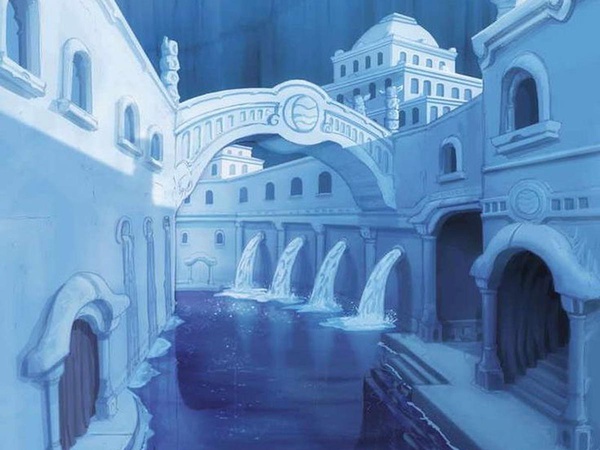
<p>Of all the nations in the Avatar Universe, the water benders’ choices might seem less imposing compared to their counterparts in the fire and earth nations. I wondered why they did not hold a more prominent status in their world; water is, after all, that element even more prevalent than the earth that sits with it. From the waters we rose and will return, I imagined. Why was it then, that the people of the water tribe lived in the outskirts; limited to poles and only the single stronghold of Ice; Even those that ventured or arose elsewhere bent no great stately monument into place out of the vines they controlled.
</p><p>I have in this essay accounted for the architecture of the water nation of the world of the avatar; I have also assuaged my initial reservations by understanding better why water remains but does not impose itself as earth does. Water is the element of fluid change. Though it does not fleet and dodge like air or always stand solid like rocks, it changes into one form or the other so that it always might be. Water gives way till it does not have to.
</p><p style="text-align: center; "><em>“Water is the element of change. The people of the Water Tribes are capable of adapting to many things. They have a sense of community and love that holds them together through anything”
</em></p><p>Even at the end of the Sengoku period (1467-1600) in Japan, the houses are made of delicate materials. Easily put up and easily put down. Wars ravage settlements in turn with the earth and its destructive power. the architecture of those times, though infused with the sentiments of hierarchy and power, is in this regard, a reaction to the violent nature of the world around them. I see the same themes most prominently in the south of Water Nation.
</p><p><strong>The Southern Water tribe
</strong></p><p>In the Southern Water Tribe, the raids by the fire nation and the adherence to a tribal nature of existence have left a sparse population without any real impetus for industrialisation and modern construction methods. The structures are made largely of Ice, animal bones and hides. Ice walls surround the villages and watch points far inland on the icy plains away from immediate access from the shored of the ice caps.
</p><p>The story of their rural landscape largely stops there from an architectural point; the buildings draw heavy influence from the Igloo designs of the Greenland Eskimos who also employ the use of snow insulation, whale bones and the hides of arctic animals to regulate the temperature of their inner dwellings. The houses and tribal quarters come up quickly - perhaps by the force of water bending - and go down easily - perhaps when locations have to be changed quickly or under the influence of a fire nation attack.
</p><p>One suggestion for the ephemeral nature of the less spiritual southern water tribe (In comparison to the north), is that they are sea-fairing folk. Years go by while they are at sea and perhaps there has never been much of an emphasis on landed dwelling beyond raising younger water benders or members of the tribe and training them for that same venture.
</p><p>Agna Qel’a
</p><p>The malleable nature of buildings and environmental design in the South is, however, not mirrored in the North Pole. The people of the North, like the icy and vast aspect of water, remain. If the people of the south surf and sail from place to place like the waves of the ocean, the Northern water tribe endures in their fortress- a steady thing like the Ice caps of the world’s poles.
</p><p>The city of Agna Qel’a is a vast semi-urban settlement hewed out of the face of a massive body of Ice. It features two main parts - the outer city of Elegantly carved Ice shut in by the intricate, massive gates and wall overlooking the oceans from the watch towers; and the inner city containing the oasis and the spiritual heart of all of water Bending. Here a curious lush bed of plant life interspersed with small dwellings is left protected by the outer city that hosts the majority of daily political and economic activity. Because of the centralisation of water state politics in Agna Qel’a, it has a diverse and intricate infrastructure featuring canals and bridges.
</p><p>The Northern City and its notable buildings such as the palace, cascade up the mountains like multi-tiered pyramids. The symbolism carved in the frigid ornamentation is that of terrestrial and spiritual animals native to their environment. The walls have spouts of water spewing into the canals; arches of gently curving ice frame the windows and doors and in parts with no sidewalks, residents step right onto the adjoining water pools or channels using water bending or setting feet into canoes and kayaks.
</p><p>The canal system influenced by those found in Italy has pedestrian bridges that resemble those of Venice; pools and totem poles surrounding important buildings mix other cultures as well. Though not as widespread as the Earth nation; the water settlements draw from the most diverse range of cultural influences. This extends also to their martial arts style based on Tai Chi which is best trained in open natural settings with smooth even surfaces as they have.
</p><p><strong>Beyond Igloos and Agna Qel’a
</strong></p><p>In the southwestern part of the Earth Kingdom lives the Foggy Swamp Tribe - a group of water benders who migrated from the South and have established a different identity for themselves. They live in a radical state of Harmony with the isolated living swamp and have learnt to bend the water within plant life. Although they have a distinct culture apart from their kin in the poles, they also demonstrate the same pragmatic adaptability and endurance.
</p><p>They reside in huts and tree dwellings, fashioned for quick assembly or disassembly and the primary materials employed are the vines, branches and tree barks located in the foggy swamp; materials also relied upon for the creation of their skiffs and clothing. Secure in their secret existence, the foggy swamp people fit into the position the world has carved out for them and show no signs like the other water benders of wanting to venture outwards.
</p><p><strong>Final Thoughts
</strong></p><p>My initial frustrations lay in my imagination of how powerful water could be, perhaps I was imposing fire nation and earth nation ideals on the water benders but water is not like those elements and those people who bend it have their ideals. The water benders do not also detach themselves from worldly concerns like the air nomads; even though it is fluid, water remains.
</p><p>The values to glean from the water tribes are that of constant adaptability and the value of staying radically true to one’s element.
</p><p>In this series, I have explored the architecture of the different bending nations of the Avatar universe - particularly as depicted in the Avatar: the last air bender series. My main focus has been on the values that have influenced various forms of design and construction as well as the real-world influences. It is of importance to the forthcoming essay that I have drawn on real-world parallels. I have done this because I hope to tie in some of the sense of how fictional states sharing holistic values (or even disparate ones) can define a legible identity in their architecture or fail to do so. One can say as of the Fire Nation, for example, that dynastic Japan owes the organisation of its cities and palace designs to the focus on power and hierarchy; or of the igloos of the Eskimos that a pragmatic focus on adapting to the environment has given them their signature appearance. One might also say that certain cities have decided on no unique set of values and are tugged in different directions on scales far greater than in the kingdom of the Earth nation or the Water tribes. </p><p>
</p><p>
</p><p>
</p><p>
</p><p>
</p>
Other insights from Joshua Omoijiade
Referral Earning
Points-to-Coupons
Insights for you.






 597
597











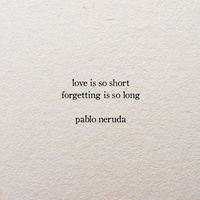


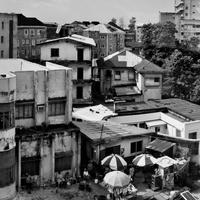

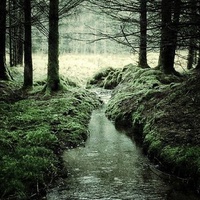


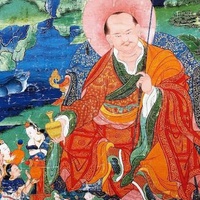






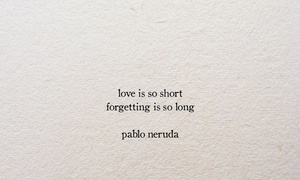
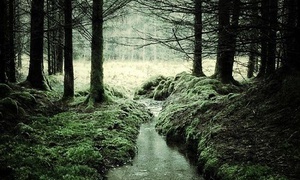
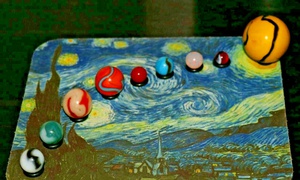


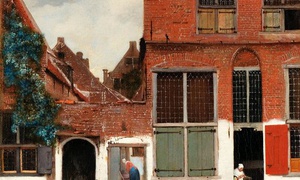

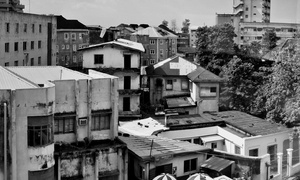
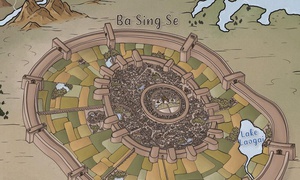





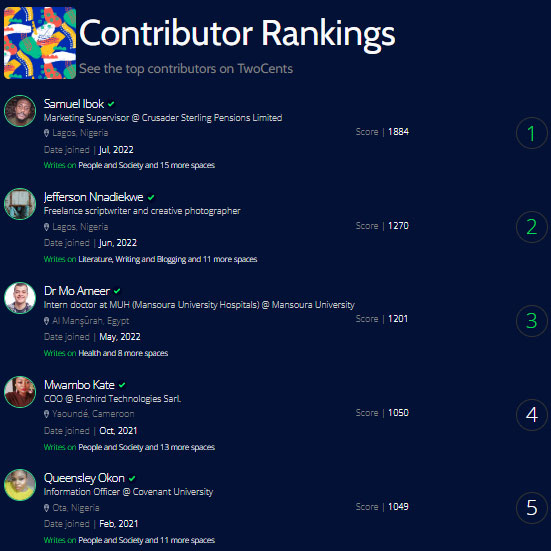


















Comments